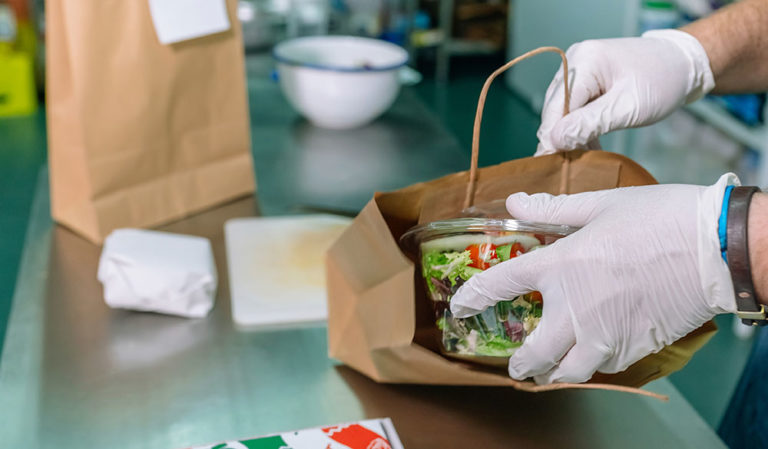Maintaining the safety and quality of its goods has always under great strain for the food sector. Customers want not just good but also safe and premium food, and food manufacturers have to satisfy these needs while negotiating strict laws. Smart sensor technology has become rather effective in recent years in transforming food safety and quality monitoring. These sensors are revolutionizing food industry operations from manufacturing to distribution by offering real-time data and ongoing monitoring of food products. With a food delivery service hong kong, enjoy restaurant-quality meals delivered straight to your doorstep anytime, anywhere.
-
Real-Time Monitoring for Improved Food Safety
The capacity of smart sensors to track conditions in real time is among the most important ones they provide for food safety. Often depending on regular inspections or manual temperature checks, traditional food safety procedures allow for human mistake or delay in monitoring. From manufacture to distribution, smart sensors, however, constantly monitor important variables including temperature, humidity, and pH levels across the whole food supply chain. For perishable products like meat, dairy, and seafood, for example, temperature-regulated logistics is absolutely vital in maintaining their safety. If temperatures stray from the allowed range, smart temperature sensors included into warehouses, delivery vehicles, and storage facilities can issue real-time alarms.

-
guaranteeing consistency and control of quality
Beyond food safety, smart sensors are revolutionizing quality management by let food manufacturers more precisely monitor product uniformity. on the food sector, quality control encompassing flavor, texture, color, and appearance consists on several factors. Food makers may rapidly evaluate these features during manufacturing using cutting-edge technologies including spectrometers, color sensors, and gas sensors, therefore guaranteeing that the final result satisfies the required criteria. Gas sensors, for instance, can identify volatile organic compounds (VOCs) food releases during processing, therefore guiding the freshness or starting point of degradation of the item. Essential for guaranteeing product appeal and consumer satisfaction, color sensors track the hue of meat, fruits, or vegetables.
-
Supply Chain Traceability and Transparency
Additionally, very important for enhancing the traceability and openness of the food supply chain are smart sensors. Smart sensors can give a precise and comprehensive record of a product’s path from farm to table as consumer demand for knowledge on the origins and travel of their food rises. Embedded in packaging or along the manufacturing process, sensors measure important variables including ingredient supply, processing techniques, and transportation circumstances. For instance, IoT-enabled sensors and RFID (radio frequency identification) tags enable food manufacturers, suppliers, and stores to monitor goods all through the supply chain. With customers who are growing more worried about food safety, sustainability, and ethical sourcing, this traceability improves openness and fosters confidence.
By means of constant, real-time monitoring of important elements influencing food items, smart sensors are transforming food safety and quality control. By means of these technologies, food producers are able to minimize waste, improve traceability, guarantee regulatory compliance, and so guarantee the safety, uniformity, and quality of their products. Smart sensor integration will be increasingly important in the food sector as it develops to satisfy customer expectations, increase operational efficiency, and protect public health. A food delivery service hong kong provides convenient access to diverse cuisines, catering to busy lifestyles and preferences.

